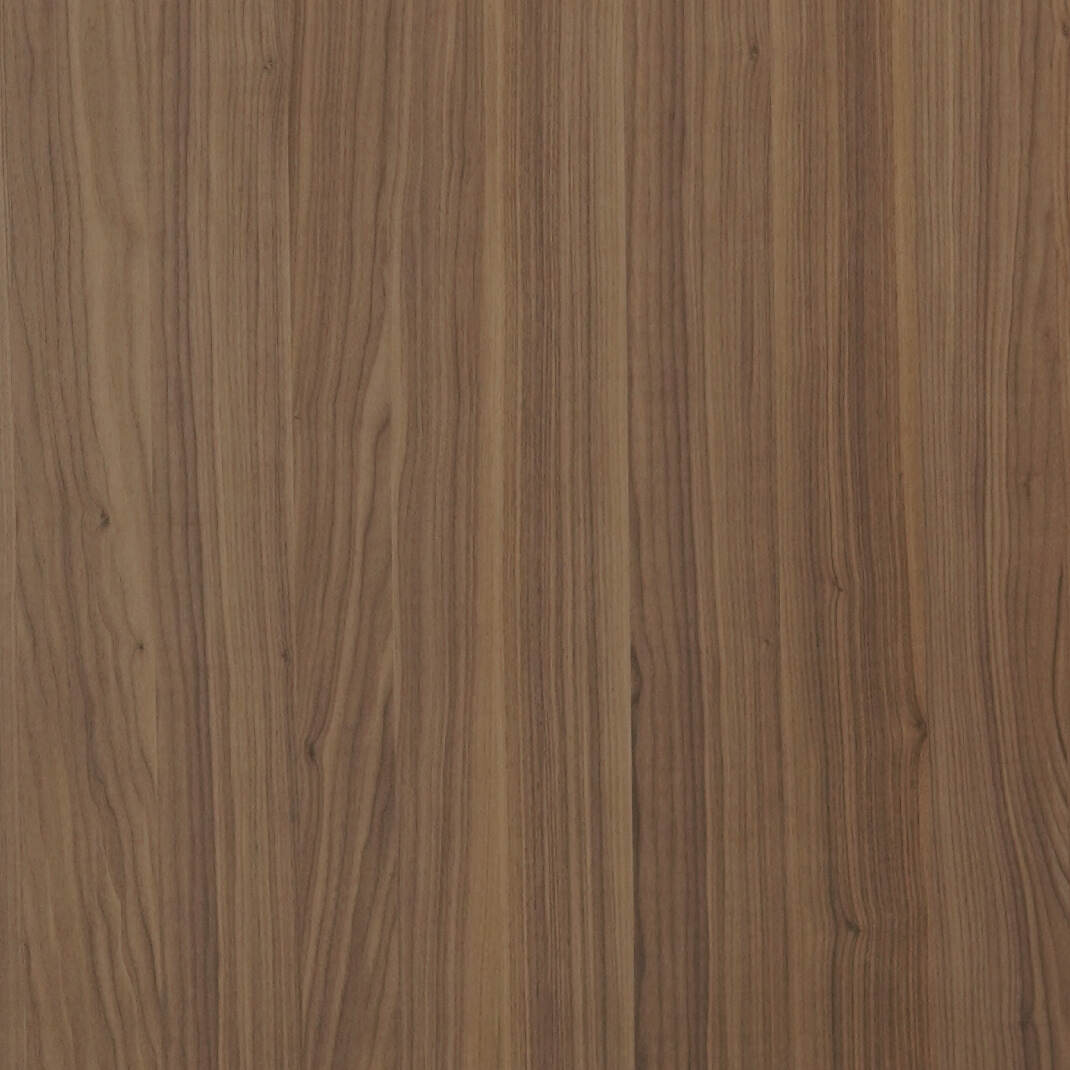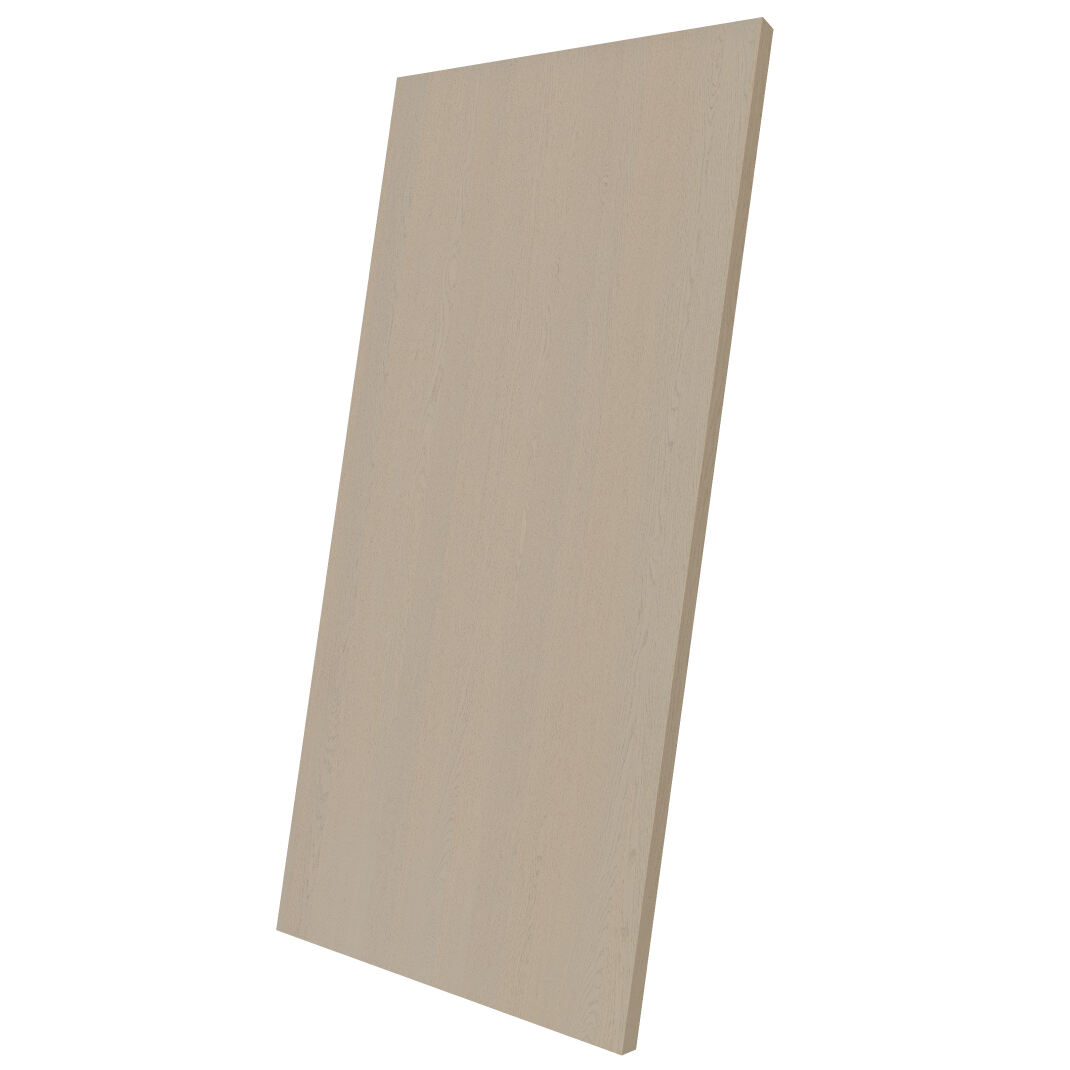The growing popularity of natural materials in modern home design has made solid wood panels an increasingly sought-after choice for homeowners and interior designers alike. These versatile panels offer unmatched beauty, durability, and environmental benefits that synthetic alternatives simply cannot replicate. Whether you're renovating your kitchen cabinets, installing custom shelving, or creating stunning wall features, selecting the right solid wood panel requires careful consideration of multiple factors including wood species, construction methods, and intended applications.

Understanding the characteristics that define quality wooden panels will help you make informed decisions that align with your project goals and budget constraints. From traditional single-piece panels to engineered multi-layer constructions, the market offers numerous options designed to meet specific performance requirements and aesthetic preferences. The key lies in matching the panel's properties with your intended use while considering factors such as moisture resistance, structural integrity, and long-term maintenance needs.
Understanding Different Types of Wood Panel Construction
Solid Wood Panel Basics and Manufacturing Process
Traditional solid wood panels are crafted from single pieces of lumber or edge-glued boards that maintain the wood's natural grain patterns and structural characteristics throughout their thickness. The manufacturing process typically involves selecting premium lumber, kiln-drying to optimal moisture content, and precision milling to achieve consistent dimensions and smooth surfaces. These panels showcase the authentic beauty of wood species while providing excellent strength and stability for various applications.
Quality manufacturers employ advanced joinery techniques to create seamless connections between individual boards when wider panels are required. The edge-gluing process uses specialized adhesives that penetrate deep into the wood fibers, creating bonds that are often stronger than the wood itself. This construction method ensures that the panels maintain their structural integrity while preserving the natural movement characteristics that make wood such a desirable building material.
Multi-Layer Engineered Panel Technologies
Engineered solid wood panels represent a significant advancement in wood panel technology, combining multiple layers of wood veneer or solid wood strips to create products with enhanced stability and performance characteristics. These panels typically feature cross-grain construction where alternating layers are oriented perpendicular to each other, significantly reducing the wood's tendency to warp, cup, or bow under changing environmental conditions.
Five-layer constructions have become particularly popular among professionals who require maximum dimensional stability without sacrificing the aesthetic appeal of natural wood. Each layer contributes specific properties to the overall panel performance, with face and back veneers providing visual appeal while core layers focus on structural support and moisture resistance. This sophisticated engineering approach allows manufacturers to optimize each layer for its intended function while maintaining the panel's overall wood appearance and workability.
Wood Species Selection for Optimal Performance
Hardwood Species Characteristics and Applications
American hardwoods offer exceptional diversity in terms of grain patterns, color variations, and performance characteristics that make them ideal for high-quality solid wood panel applications. Species like black walnut, cherry, and maple each bring unique properties that influence both the panel's appearance and functional performance. Black walnut, renowned for its rich chocolate tones and distinctive grain patterns, provides excellent workability and finishing properties that make it a premium choice for furniture and architectural millwork.
The density and hardness of different species directly impact the panel's durability and suitability for specific applications. Harder species like maple and oak offer superior resistance to dents and scratches, making them excellent choices for high-traffic surfaces such as countertops and flooring applications. Conversely, softer hardwoods like cherry and walnut provide easier machining characteristics while still delivering the strength and beauty expected from premium wood panels.
Grain Pattern Considerations and Visual Impact
The grain pattern selection significantly influences both the visual appeal and structural performance of your solid wood panel. Book-matched panels create symmetrical patterns that provide formal elegance, while slip-matched configurations offer more dynamic visual flow that works well in contemporary design applications. Understanding how different grain orientations affect the panel's stability helps ensure long-term satisfaction with your investment.
Quarter-sawn and rift-sawn lumber provides enhanced dimensional stability compared to plain-sawn materials, making these cuts particularly valuable for panels that will experience significant environmental variations. The vertical grain orientation in these cuts minimizes seasonal movement while creating distinctive linear patterns that complement modern architectural styles. These premium cuts typically command higher prices but deliver superior performance in demanding applications.
Environmental Factors and Installation Considerations
Moisture Management and Climate Control
Proper moisture management represents one of the most critical factors in ensuring long-term success with solid wood panel installations. Wood naturally responds to changes in ambient humidity by expanding and contracting across its width, and understanding this movement is essential for preventing problems such as gaps, warping, or panel failure. Professional installers typically acclimatize panels to the installation environment for several days before beginning work, allowing the wood to reach equilibrium moisture content.
The installation environment's relative humidity should ideally remain between 30-50% year-round to minimize wood movement and maintain panel stability. Extreme humidity variations can cause significant dimensional changes that may overwhelm even the best installation techniques. Modern HVAC systems help maintain consistent indoor environments, but seasonal variations still require careful planning and appropriate installation methods that accommodate natural wood movement.
Structural Support and Fastening Methods
Proper structural support ensures that solid wood panels perform optimally throughout their service life while maintaining their intended appearance and functionality. The support system must accommodate the panel's natural movement characteristics while providing adequate strength for the intended load requirements. Professional installations typically incorporate expansion joints and flexible fastening systems that allow controlled movement without compromising structural integrity.
Fastening methods vary depending on the panel thickness, substrate materials, and intended application, but all quality installations share common principles of allowing controlled movement while maintaining secure attachment. Hidden fastening systems preserve the clean appearance of the wood surface while providing reliable long-term performance. The choice of fasteners and installation techniques should always consider the specific wood species characteristics and expected environmental conditions.
Quality Assessment and Selection Criteria
Grading Standards and Quality Indicators
Understanding industry grading standards helps ensure that you select solid wood panels that meet your quality expectations and performance requirements. Professional graders evaluate factors including knot size and frequency, grain deviation, color consistency, and surface defects to assign appropriate grades that reflect the panel's suitability for different applications. Higher grades typically feature tighter grain patterns, fewer defects, and more consistent coloration that appeals to discriminating customers.
Surface preparation quality directly impacts both the panel's appearance and its ability to accept finishes properly. Premium panels feature surfaces that have been precision-sanded to consistent smoothness levels that eliminate mill marks and other imperfections that could telegraph through applied finishes. The investment in higher-grade panels typically pays dividends in reduced finishing costs and superior final appearance.
Manufacturing Quality and Construction Details
Evaluating the manufacturing quality involves examining multiple aspects of panel construction including joint integrity, dimensional accuracy, and consistency throughout the product. Quality manufacturers employ rigorous quality control processes that ensure each panel meets established specifications for thickness, width, length, and surface quality. These standards become particularly important when multiple panels must work together in larger installations where dimensional variations could create alignment problems.
The adhesive systems used in engineered panel construction significantly impact long-term performance and should meet or exceed industry standards for strength and environmental resistance. Quality panels utilize formaldehyde-free adhesives that provide excellent bond strength while contributing to healthier indoor air quality. These advanced adhesive systems ensure that the panel layers remain permanently bonded throughout the product's service life while meeting current environmental and health standards.
Installation Best Practices and Long-Term Maintenance
Professional Installation Techniques
Successful solid wood panel installation requires thorough planning that considers the wood species characteristics, environmental conditions, and intended use patterns. Professional installers begin by evaluating the substrate conditions and preparing surfaces to ensure proper adhesion and support for the panels. This preparation phase often determines the long-term success of the installation and should never be rushed or compromised to meet aggressive schedules.
Temperature and humidity conditions during installation significantly influence both the immediate workability and long-term performance of solid wood panels. Ideal installation conditions typically feature moderate temperatures and stable humidity levels that allow adhesives to cure properly while minimizing wood movement during the critical initial period. Professional installers often use temporary climate control measures to maintain optimal conditions throughout the installation process.
Maintenance Requirements and Care Instructions
Regular maintenance preserves both the appearance and performance characteristics of solid wood panels while protecting your investment for decades of reliable service. The maintenance requirements vary depending on the finish system, environmental exposure, and use patterns, but all quality installations benefit from consistent care that addresses both cleaning and protective needs. Understanding the specific requirements of your chosen wood species and finish system helps develop appropriate maintenance schedules that prevent problems before they develop.
Preventive maintenance typically proves more cost-effective than reactive repairs and helps maintain the panels' original beauty and functionality. Simple measures such as controlling exposure to direct sunlight, maintaining consistent humidity levels, and prompt cleanup of spills can significantly extend the service life while preserving the natural wood appearance that makes these panels so desirable. Professional maintenance services can provide periodic deep cleaning and refinishing that restores the original appearance when normal wear becomes noticeable.
FAQ
What thickness options are available for solid wood panels
Solid wood panels are commonly available in thicknesses ranging from 3/4 inch to 2 inches, with some specialty applications requiring even thicker options. The most popular thicknesses for residential applications are 3/4 inch and 1 inch, which provide excellent structural performance while remaining cost-effective. Thicker panels offer increased strength and stability but require stronger support systems and may limit design flexibility in some applications.
How do engineered panels compare to traditional solid wood in terms of stability
Engineered solid wood panels typically demonstrate superior dimensional stability compared to traditional single-piece panels due to their cross-grain construction that counteracts natural wood movement. The multi-layer design distributes stresses more evenly throughout the panel thickness while maintaining the authentic wood appearance that customers desire. However, traditional solid wood panels can be refinished more times and may be preferred for applications where maximum thickness of real wood is desired.
What environmental certifications should I look for when selecting wood panels
Look for certifications from organizations like the Forest Stewardship Council or the Programme for the Endorsement of Forest Certification, which verify that the wood was harvested from responsibly managed forests. Additionally, indoor air quality certifications such as GREENGUARD ensure that the panels and their adhesives meet strict emissions standards for volatile organic compounds. These certifications provide assurance that your panels support both environmental sustainability and healthy indoor environments.
Can solid wood panels be used in high-moisture environments like kitchens and bathrooms
While solid wood panels can be used in moderate-moisture environments with proper selection and finishing, they require careful species selection and appropriate protective finishes to perform well in kitchens and bathrooms. Engineered panels with moisture-resistant core materials and premium finishes generally perform better in these applications than traditional solid wood. Proper ventilation and humidity control remain essential regardless of the panel type chosen for high-moisture environments.
Table of Contents
- Understanding Different Types of Wood Panel Construction
- Wood Species Selection for Optimal Performance
- Environmental Factors and Installation Considerations
- Quality Assessment and Selection Criteria
- Installation Best Practices and Long-Term Maintenance
-
FAQ
- What thickness options are available for solid wood panels
- How do engineered panels compare to traditional solid wood in terms of stability
- What environmental certifications should I look for when selecting wood panels
- Can solid wood panels be used in high-moisture environments like kitchens and bathrooms



